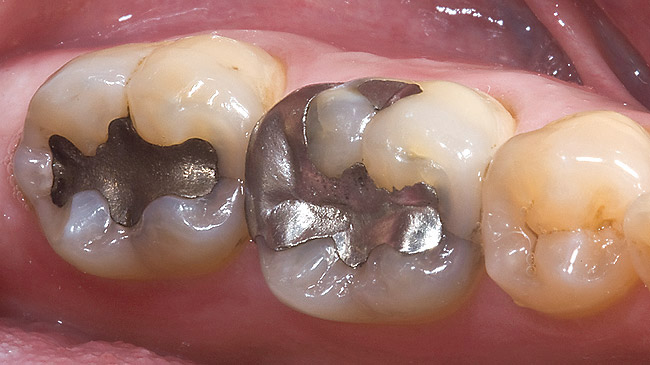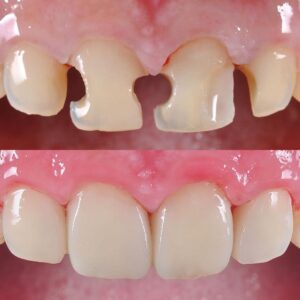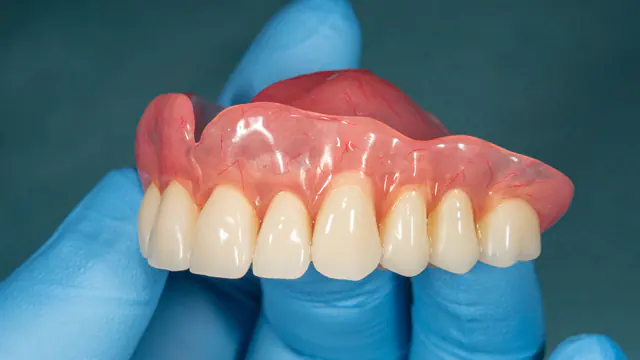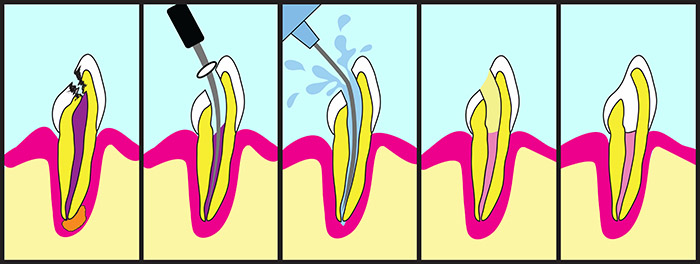Solution For Your Smile!
Fillings
Fillings vary in complexity and material. Some are direct fillings, placed "directly" in a cavity, although others are indirect, wherein an impression of the tooth is taken and a custom filling is created to fit around it. If your dentist suggests a tooth restoration, knowing what's available can help you make the best choice for your mouth.
Amalgam Fillings
You might think of amalgam fillings for teeth as a classic option. Dentists have been using this type of filling for more than 150 years. As the name suggests, amalgam fillings are made up of a mixture of metals. They typically contain about 50 percent mercury, along with tin, copper, silver or zinc. Compared to other types, amalgam fillings have a few things going for them: They are the least pricey option, and they’re also very strong and long-lasting.
Amalgam fillings aren’t without drawbacks, though. They’re silver in color to start and tend to become darker with time, meaning they are a fairly conspicuous item when you open your mouth. And although the FDA has determined that the level of mercury in the filling is safe for people over the age of six, you might prefer not to have a filling made from this material.

Composite Fillings
If you’re embarrassed about your smile because of decay or dark fillings or you just want more natural-looking teeth; you may be a good candidate for composite resins. Until recently, dentists only had available silver amalgams to fill cavities. Recent innovations now allow us to replace these old fillings with composite that are more natural looking.
A composite tooth filling, typically made of powdered glass and acrylic resin, offers a few advantages over an amalgam filling. For one, the filling can be shaded to match the color of a person’s existing teeth, making it much less visible. As more people want natural-looking smiles, composite fillings have become increasingly popular.

Resin or Glass Ionomer Fillings
Kids get cavities, too, and need to have those cavities filled just like their parents – even if they’re on the baby teeth. Resin or glass ionomer fillings are often used on the primary teeth or to fill in small areas of decay, as they tend to be very delicate and take considerable wear and tear. When used on a permanent tooth, this type of filling is usually placed in a spot that isn’t subject to extreme pressure or chewing action.
The Right Device For You!
Full and Partial Dentures
A denture is a removable replacement for missing teeth and surrounding tissues.Two types of dentures are available: complete and partial.Complete dentures are used when all the teeth are missing, while partial dentures are used when some natural teeth still remain. Today, these dentures are still a good treatment option for patients with contraindications for dental implants.

Root Canal Treatment

A root canal is a treatment used to repair and save a tooth that is badly decayed or becomes infected. During a root canal procedure, the nerve and pulp are removed and the inside of the tooth is cleaned and sealed. Without treatment, the tissue surrounding the tooth will become infected and abscesses may form.
“Root canal” is the term used to describe the natural cavity within the center of the tooth. The pulp or pulp chamber is the soft area within the root canal. The tooth’s nerve lies within the root canal.
A tooth’s nerve is not vitally important to a tooth’s health and function after the tooth has emerged through the gums. Its only function is sensory (to provide the sensation of hot or cold). The presence or absence of a nerve will not affect the day-to-day functioning of the tooth. However, it must be known that the teeth become, generally, more prone to fracture after the root treatment due to dehydration. Therefore, it is advised to crown the tooth after root canal treatment.
Ideal For You!
Why Does Tooth Pulp Need to Be Removed?
When a tooth’s nerve tissue or pulp is damaged, it breaks down and bacteria begin to multiply within the pulp chamber. The bacteria and other decayed debris can cause an infection or abscessed tooth. An abscess is a pus-filled pocket that forms at the end of the roots of the tooth. An abscess occurs when the infection spreads all the way past the ends of the roots of the tooth. In addition to an abscess, an infection in the root canal of a tooth can cause:
- Swelling that may spread to other areas of the face, neck, or head
- Bone loss around the tip of the root
- Drainage problems extending outward from the root. A hole can occur through the side of the tooth with drainage into the gums or through the cheek with drainage into the skin.
